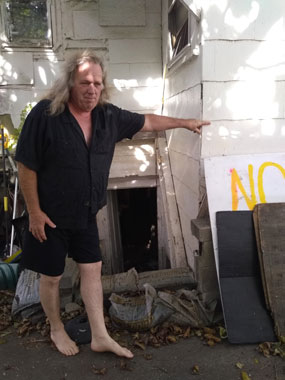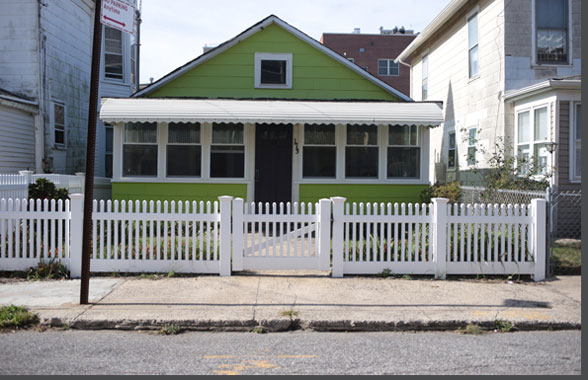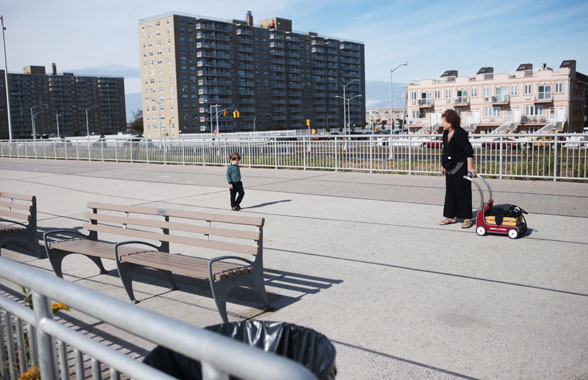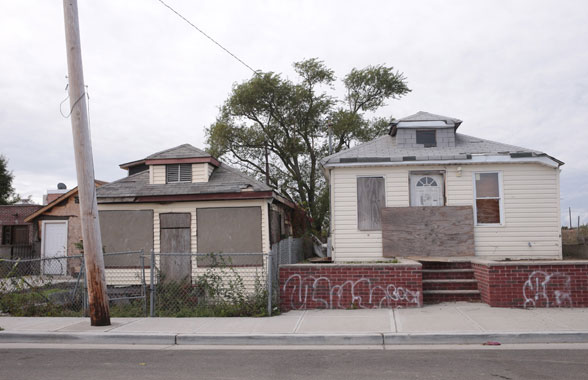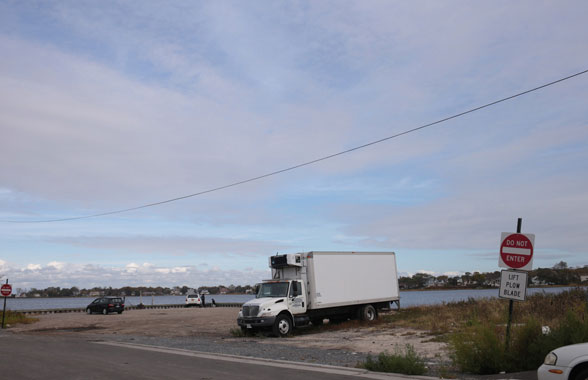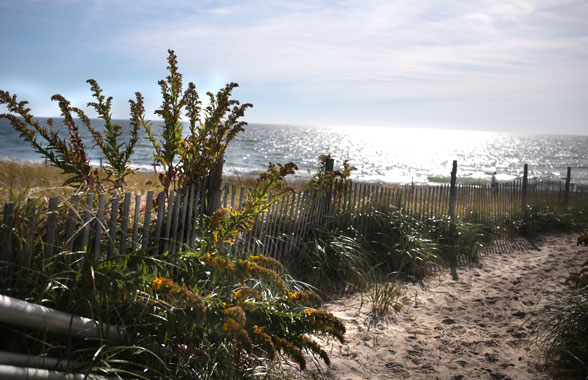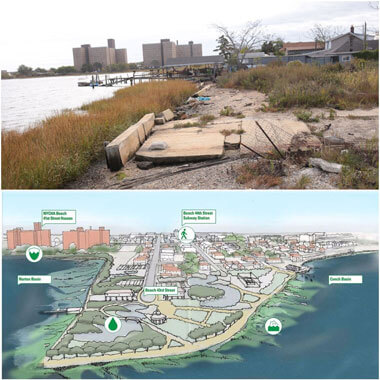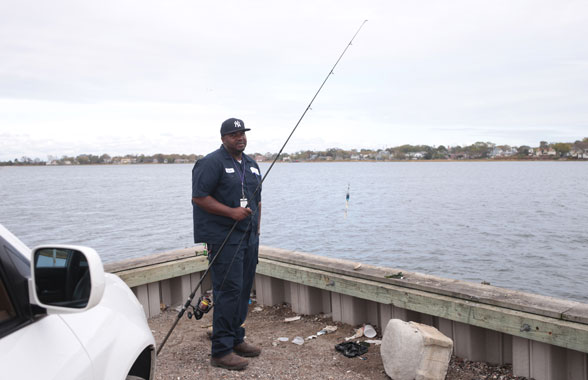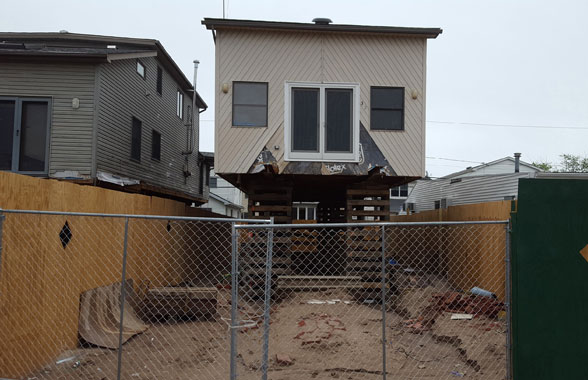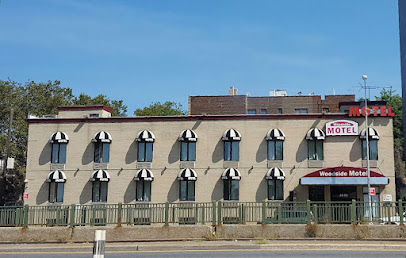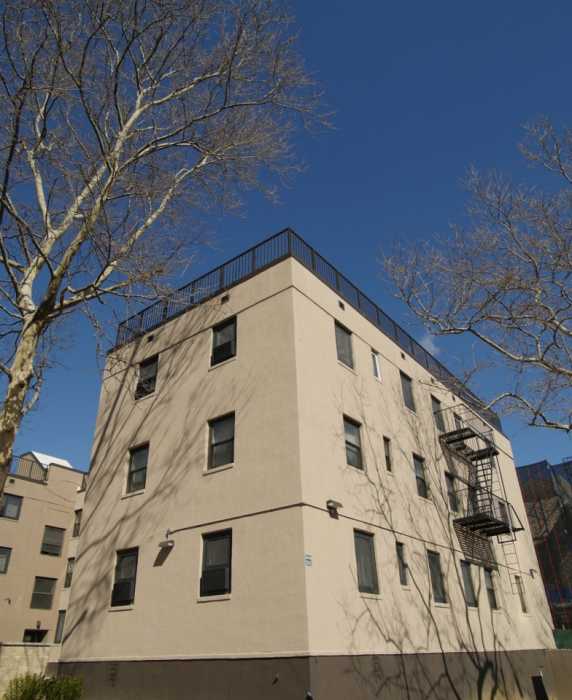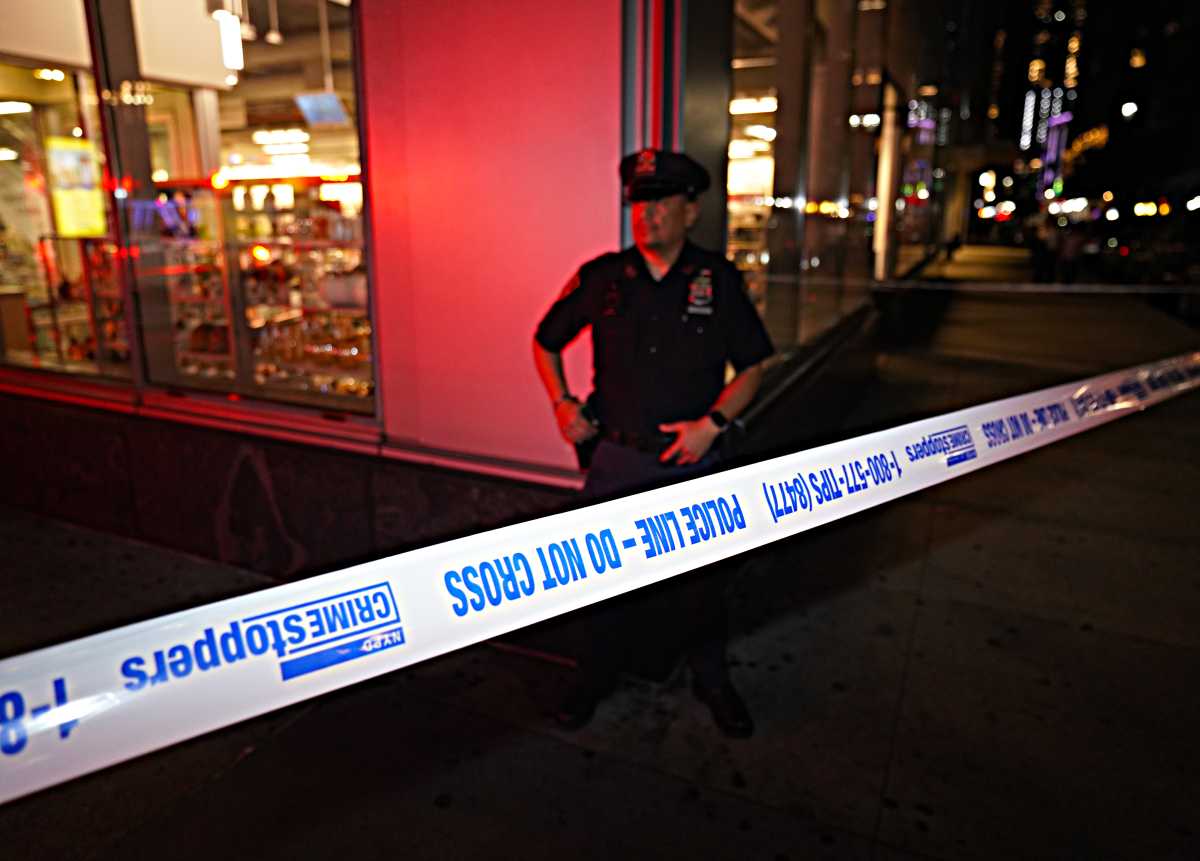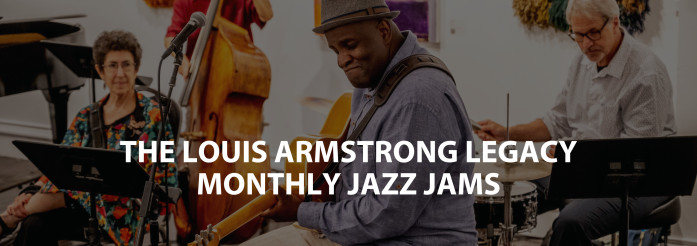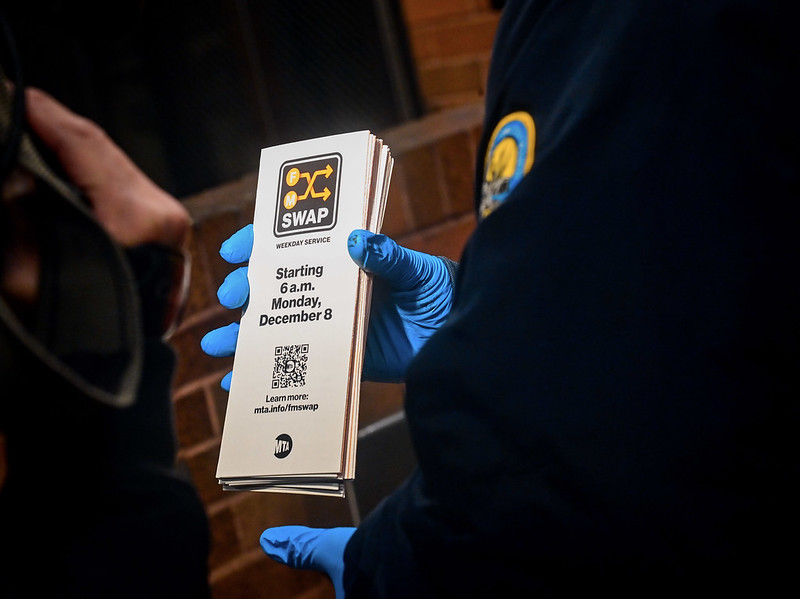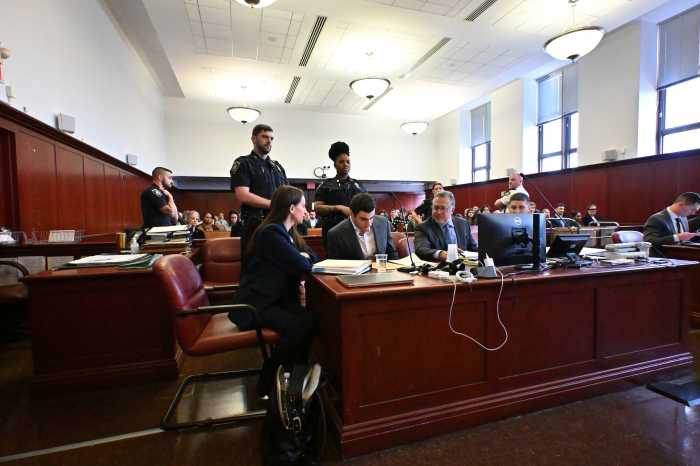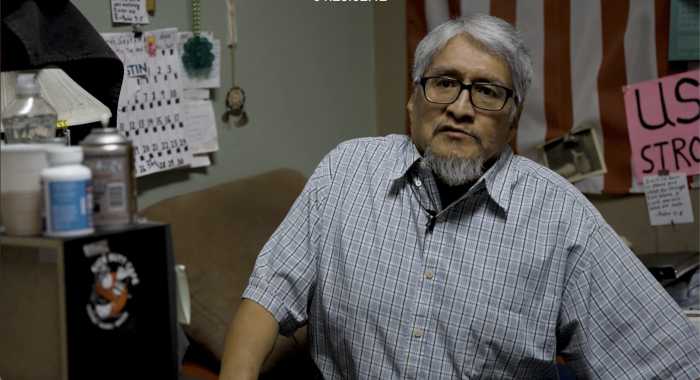By Annabelle Blair
Tommy McGee lives in the bungalow next to his home in Rockaway Park. Five years ago Hurricane Sandy flooded his beachfront neighborhood and rammed wooden boardwalk chunks into the metal fence in front of his house and the subway station down the street.
McGee pointed to the condos sitting less than a block away from him and directly across the street from Rockaway Beach, explaining that he was lucky: the boardwalk hit the condos first, sparing his house from initial impact.
The new 5.5-mile, steel-and-concrete boardwalk was rebuilt in May, but McGee’s fence remains defective and his home unlivable.
For 30 years, McGee has lived in the neighborhood, operating a vintage car rental business from his home for 10 years. Now, he conducts his business from the bungalow. “It’s a shock when it happens,” he said, referring to the superstorm. “But then it’s like, let’s get this over and fixed up.”
On Oct. 29, 2012, Superstorm Sandy swept into the Rockaways, packing 80-mph winds and 12-foot waves that flooded hundreds of homes and businesses. The waters broke through the concrete beach barriers and destroyed the fabled wooden boardwalk along the peninsula. At least 80 houses were destroyed in Breezy Point, a gated community at the western tip of the Rockaways, as the winds fanned flames from gas lines inside the houses.
McGee chose not to apply for government-based aid after the storm, including the slow-moving Federal Emergency Management Agency and Build it Back programs, because he did not want to deal with the bureaucracy.
Many residents across the Rockaway Peninsula echoed similar feelings about government-aid programs, citing unforeseen costs and longer wait times than expected. Build it Back has completed 189 of the 500 houses scheduled for rebuilding in the five years since Sandy. Although that number is three times higher than it was at this time last year, progress is slow.
Arverne resident Gavin Davidson credits a church group for remodeling his two-story home. Davidson applied for FEMA aid, but said he “got nothing” when officials “came and checked out the damage.” He shrugged when asked why the program had refused his application: “I don’t have a clue.”
Davidson, who has lived in the neighborhood his whole life, waited out the hurricane on the second floor of the home that he and his family currently live in. The basement, which includes an apartment, and first floor were flooded. A nearby church organized volunteers from across the nation who gutted the basement and cleaned out the mold in two days—a task that would have taken him years, Davidson said.
He has seen improvements from post-Sandy rebuilding, including a concrete pier, built on the foundation of a house destroyed by Sandy. It juts out into Norton Basin, a smaller inlet within Jamaica Bay, and Davidson often fishes there recreationally.
Heidy Zambrano and her family moved into Rockaway Beach in 2010. When Sandy struck they evacuated for two weeks. Although water levels barely touched their second-floor apartment, Zambrano remembers feeling shocked when she returned to the neighborhood.
“It was unrecognizable,” Zambrano said. “Brick buildings now missing roofs. It had huge, huge trees that provided shade — gone. There was sand on the floor, boardwalk in the street, cars overturned.”
Now, five years later, new and renovated stores and houses have replaced those destroyed by the hurricane. As an apartment renter, Zambrano was spared the extensive physical loss many homeowners experienced. She sees the development changes as an upgrade to the neighborhood.
In Breezy Point, some residents have taken advantage of the city’s Build it Back program to raise homes in flood-prone areas, anchoring foundations with helical piles so they remain secure even if the sand underneath is washed away in another storm.
William Hughes’ home in Breezy Point is being lifted nine feet above its original foundation. Immediately after Sandy, the family of four lived with relatives in Brooklyn for six months while Hughes renovated. He used $90,000 in insurance money to remodel the flooded home.
According to Hughes, FEMA officials inspected the house and estimated his renovation costs at $63,000, when, in fact, he had spent $27,000 more. “They weren’t giving me credit for what (renovations) I chose,” Hughes said.
In order to qualify for Build it Back, he had to return $23,000 to FEMA.
“I paid it back thinking it was well worth it to have my house raised,” Hughes said.
He and his family rent a house down the block while waiting for their home’s completion. Build it Back has been paying the $2,380 monthly rent check since March.
Before agreeing to raise the home, FEMA inspectors told Hughes they would have to make changes to the structure’s layout, including the size of his son’s bedroom and the door location. “There’s a lot of wasted stuff they (FEMA) have to do to get your house to the way they want it — the code, I guess it is,” he said.
Manuella Sullivan is also waiting to move back into her home near her four grandsons in Breezy Point. For the past 16 months, she and her husband have been living in Florida while Build it Back raised their house. Although she had hoped to move in this week, Sullivan’s’ move-in date was pushed back a week because the gas and electricity weren’t yet turned on.
Although the couple has complaints, like others in the same situation, Sullivan said they are grateful for the help.
“Sixteen months seems like an awful long process to just raise the house when it was completely gutted in 10 months,” Sullivan said. “It is a very long, arduous process, but the house will be raised, and it didn’t cost us any money.”

